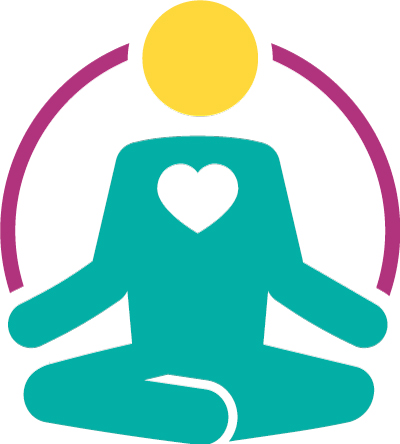
Health Counseling
Many people with disabilities learn to skillfully navigate complex health issues to work and participate in life activities. However, they often experience more secondary health conditions and receive inequitable health services when compared to members of the general population. Here are some examples:
- Adults with disabilities are more likely to be obese than their peers without disabilities
- Children and adolescents with disabilities are more likely to be obese than their peers without disabilities
- People with disabilities smoke at significantly higher rates than those without disabilities
- Women with disabilities are less likely to receive mammograms than those without disabilities
- People with disabilities are less likely to be included in emergency preparedness planning than people without disabilities.
As service providers, it’s essential to be aware of the needs of the people we serve and connect them to resources and information necessary to promote their physical health and psychological well-being. This empowers them achieve their work and life goals!
The goals of health promotion for people with disabilities are to:
- reduce secondary conditions such as bad nutrition, smoking, obesity, and high stress levels
- retain functional independence
- promote social activities and community involvement
- enrich the overall quality of life by reducing barriers to good health
Practices | Strategies | Tools
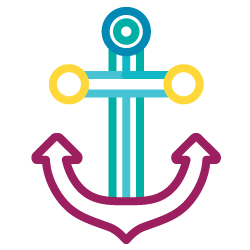
Promising Practices
Unhealthy lifestyle choices can complicate chronic health issues and lead to job loss, limit financial gains, and even prevent work entirely. Making changes to diet, physical activity, sleep, and stress levels can help people better manage their overall health and achieve their employment and financial goals.
Promoting health for people with disabilities may include the following practices:
- encouraging healthy lifestyles and a healthy environment
- connecting people to needed health programs and resources to prevent further disabling conditions caused by health complications and secondary conditions
- preparing individuals to understand and monitor their own health and health care needs
- identifying opportunities for participation in typical life activities
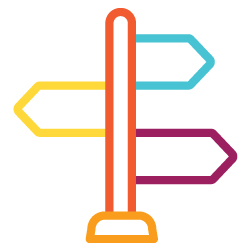
Strategies
Consider incorporating the following strategies into the health supports and services you provide. Be aware of how secondary health conditions contribute to work and life challenges and seek out resources and information that may help people you serve in overcoming these challenges or taking manageable steps leading to longer-term improvements and well-being.
Strategies for Adults
Strategies for Youth
Health for Children and Adolescents
Learn about Promoting Health for Children and Adolescents
General Health and Wellness
Tips for youth in managing health and well-being
Teen Mental Health
Promote mental health and well-being
Dating and Relationships
Share information about healthy dating and relationships
Connect to a Mentor
Youth who have mentors are more likely to graduate from high school, have improved soft skills, and greater self-confidence. And these are just a few of the benefits! Encourage youth to participate in a mentorship program.
Tools
Following are some tools and resources to assist you with your health counseling activities.
Featured Resources
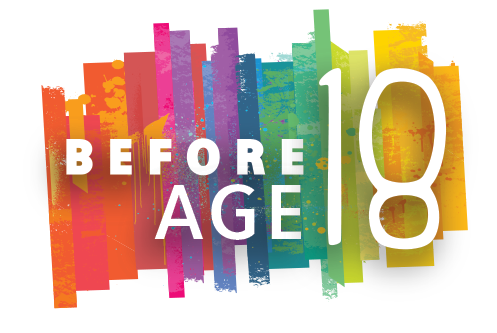
Before Age 18: Health Activities
- Healthy Eating Activity – How can you improve your health by changing what you eat? Get your custom plan!
- My Plan to Be More Active – Want to be more active? Improve your health and have fun – get your custom plan!
- My Plan to Get Better Sleep – Get tips on developing good sleep habits and ways to help you fall asleep.
- My Plan to Manage Stress – No matter how old we are, we all deal with stress. Learn what works for you – get your custom plan to be less stressed!
- More health activities and guides.

Resources from the Centers for Disease Control and Prevention
More Resources
Health Toolkits & Guides
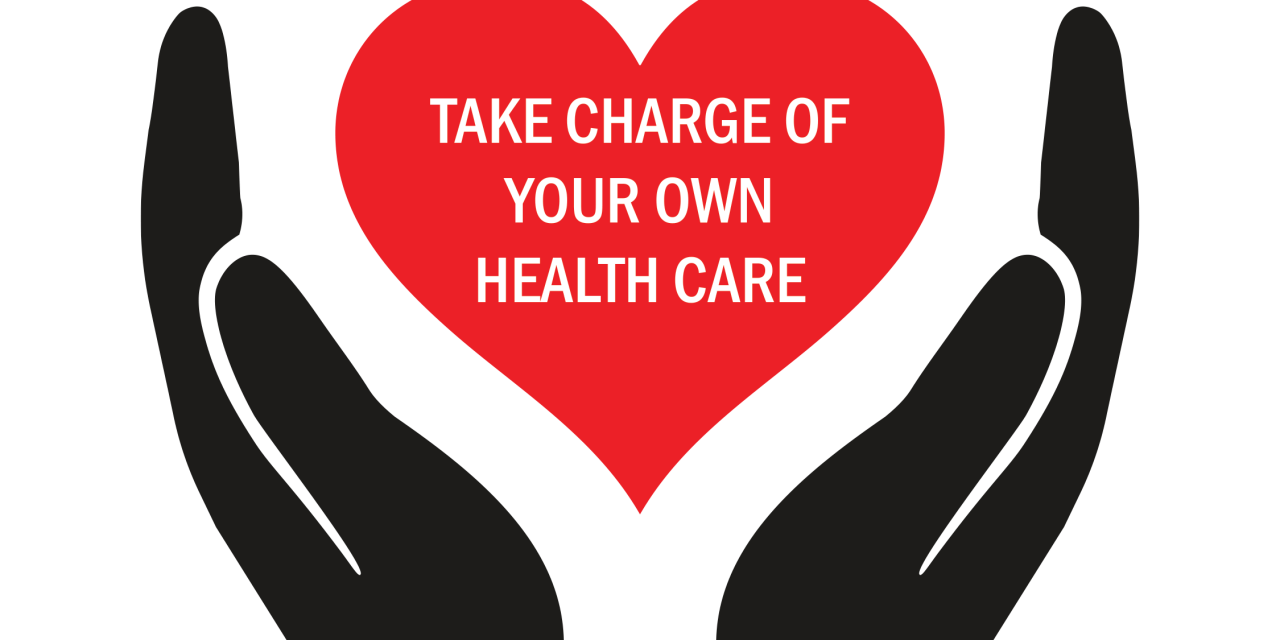
Self-directed Health Care Kit:
Taking Charge of Your Own Health
Resource: Wisconsin Board for People with Developmental Disabilities
Relaxation Technique Cards
Quick start guides to relaxation and stress reduction.
Telehealth Tips
